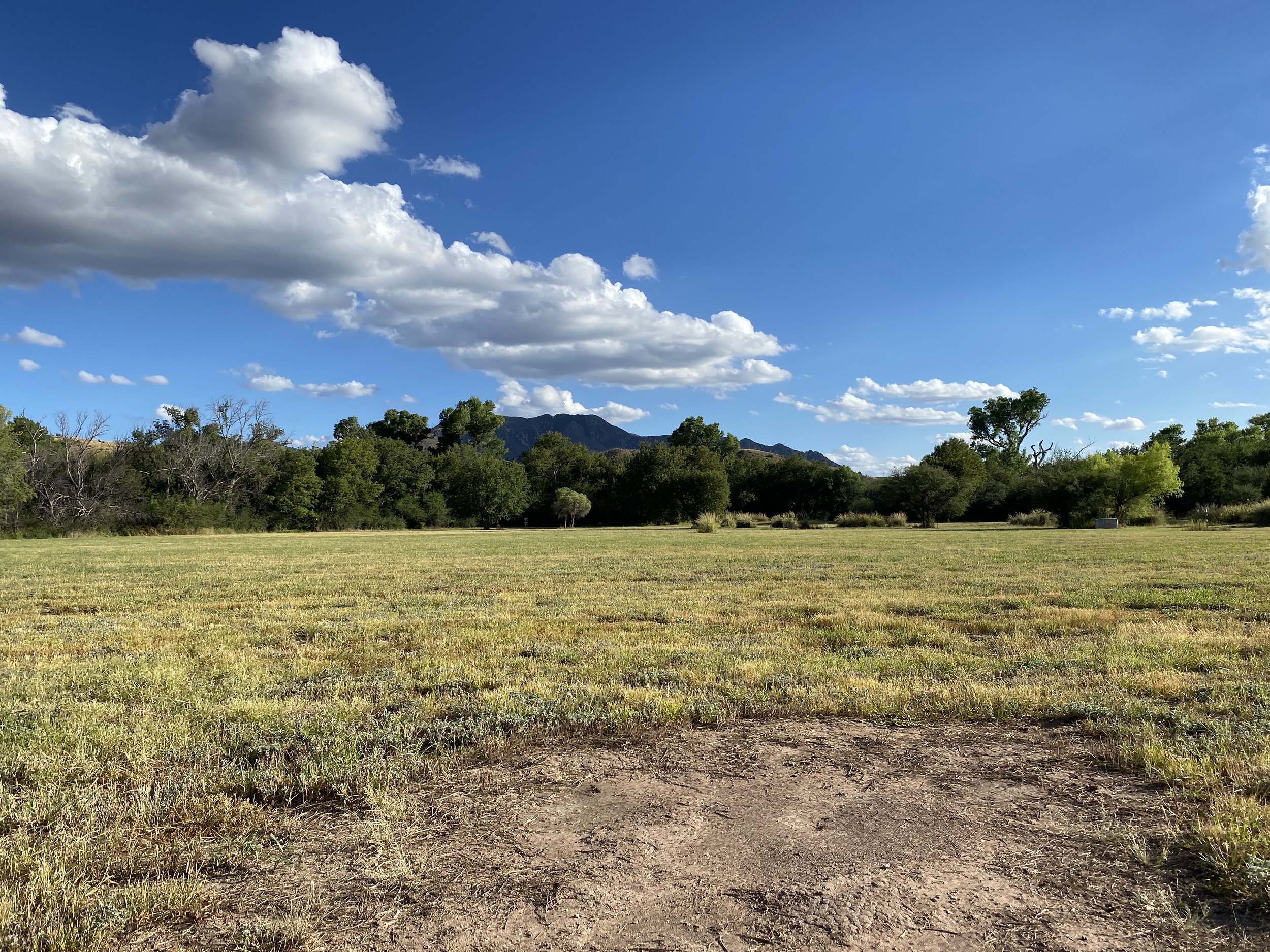
Patagonia-Sonoita Creek Preserve
In a verdant floodplain valley between the Patagonia and Santa Rita Mountains of southeastern Arizona, within the watershed of Sonoita Creek, lies some of the richest of the remaining riparian (streamside) habitat in the region. One of a few remaining permanent streams, it provides for a wide array of diverse species from endangered fishes to butterflies and birds.
This site contains the first two miles of permanent flow of Sonoita Creek and the floodplains adjacent to the stream. The site contains very high biodiversity values that are primarily focused on the riparian habitats along Sonoita Creek. As the first project for The Nature Conservancy in Arizona, it contains much of the biological diversity associated with these habitat types. The watershed is mostly undeveloped, and the natural processes of flooding are mostly intact and functioning.
The 873-acre preserve protects a magnificent example of the rare Fremont cottonwood-Goodding willow riparian forest. Some of the trees are among the largest (more than 100 feet tall) and oldest (130 years old) Fremont cottonwood trees in this country. This is one of the few remaining sites in Arizona where this once-common forest type still persists. Arizona black walnut, velvet mesquite, velvet ash, netleaf hackberry and various willows are found in slightly different habitats throughout the preserve. Here are remnant wetlands, or cienegas, a once-common feature of the Sonoita Creek floodplain and the most endangered natural community in Arizona. A significant number of rare and sensitive plant species are found in the Sonoita Creek watershed, including Huachuca water umbel, Santa Cruz striped agave and the Santa Cruz beehive cactus. Today, the preserve is visited by thousands of people every year seeking to see and experience some facet of its rich natural diversity. The preserve has been actively engaged in hydrologic research and monitoring and is the site of some of the first community-based activities seeking to build understanding and support for conservation in southern Arizona. It has been a platform for promoting the work of TNC and a site of several innovative environmental education activities.










View All Network Forests in the State of Arizona
View All Network Forests in the U.S.
View All Forest Designations
